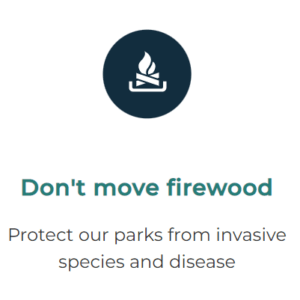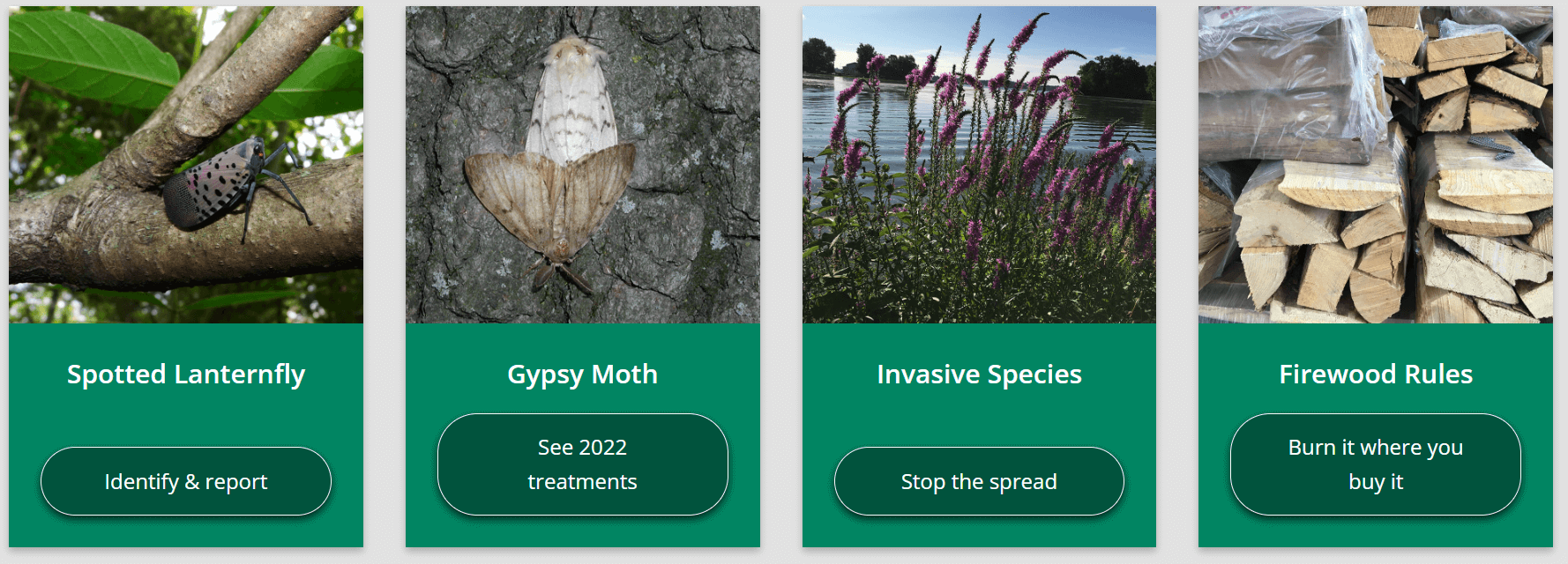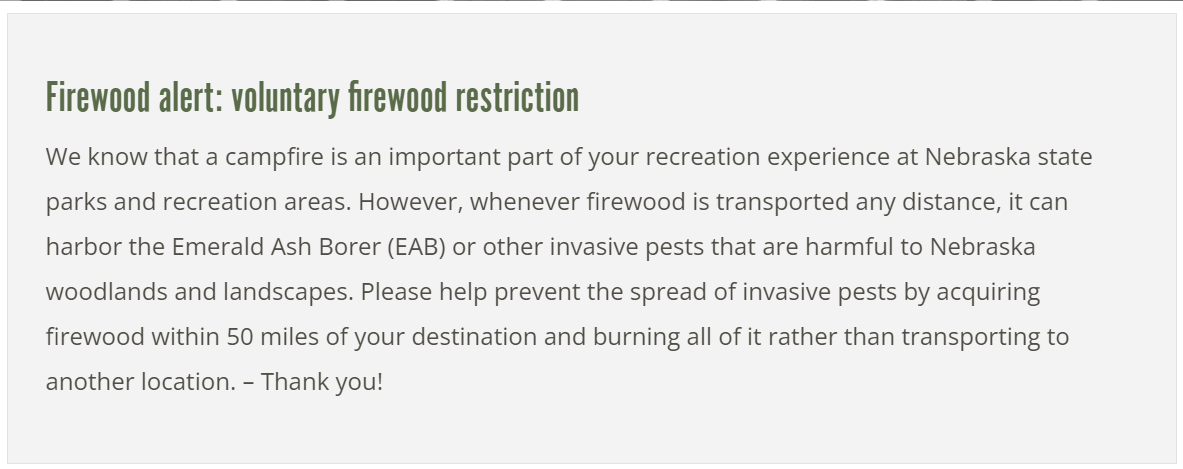August is Tree Check Month! Everyone is encouraged to take 10 minutes to check their trees for signs of the Asian longhorned beetle. To help you learn about the beetle, or to provide materials for your outreach needs, we’ve rounded up all the best free resources that we could find!
Infographics and Handouts:
- Asian longhorned beetle Tree Check Infographic by USDA APHIS
- Asian longhorned beetle Fact Sheet by USDA APHIS
- Asian longhorned beetle Field Guide by Plant Heroes
Fun Outreach Items for Kids:
- Be a Beetle Buster Family! by USDA APHIS
- Asian longhorned beetle printable mask, line drawn for coloring by Don’t Move Firewood
- Asian longhorned beetle printable mask, colored in by Don’t Move Firewood
- Asian longhorned beetle Activity Book by Plant Heroes
- Not Good to Move Firewood comic (features Asian longhorned beetle) by Plant Heroes
- Don’t Move Firewood coloring sheet featuring Asian longhorned beetle image by Don’t Move Firewood
- How to make an ALB origami glider, free educational download for personal use by IDEA Collective, LLC
Template text to paste into outreach statements:
- Report findings by calling 1-866-702-9938 or completing an online form at www.AsianLonghornedBeetle.com
- (Your organization can help by encouraging the public to check / You can help by checking) trees for signs of the Asian longhorned beetle in August. Look for round exit holes, shallow scars in the bark, sawdust-like material on or around tree, and the beetle itself.
Past blogs and News Releases:
- USDA Urges Public to Check Trees for Asian Longhorned Beetle and to Not Move Untreated Firewood 2021 press release by USDA APHIS
- August is Tree Check Month by Arbor Day Foundation (includes 5 pests to check for)
- August is National Tree Check Month: Are YOUR trees safe and secure? by Purdue University Forestry & Natural Resources
- Archived: Do Your Part for Trees this August 2015 blog by The Nature Conservancy
Social Media Tips:
- Tag your posts with #TreeCheck2022 to allow your partners to track your successes!
- Look on twitter.com/hungrypests or facebook.com/hungrypests for good ideas
- Check twitter.com/StopALB or facebook.com/asianlonghornbeetle for official information
- Share and retweet current content on twitter.com/dntmovefirewood or facebook.com/dontmovefirewood for firewood related posts
- Click to download this ready-to-use image from past years:
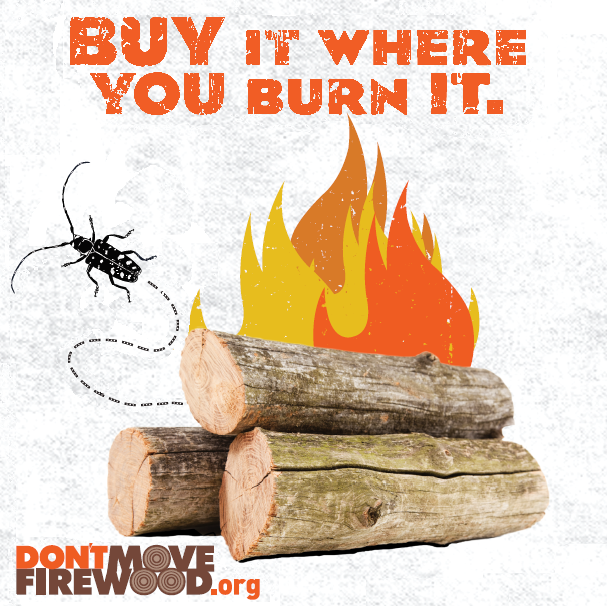
- Click to download this ready-to-use image with our newer graphics look:
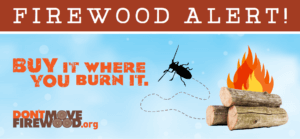
Educational Videos:
-
- Asian longhorned beetle YouTube Channel by USDA APHIS
- Asian longhorned beetle fast paced video guide by The Nature Conservancy
- Lurking in the Trees by The Nature Conservancy
- Asian longhorned beetle in South Carolina, by Clemson University
- Asian longhorned beetle: Everything you need to know in 30 minutes, by EAB University
General Information:
- Asian longhorned beetle site Press Room by USDA APHIS
- Asian longhorned beetle site Tree Check Month page by USDA APHIS
- Hungry Pests Asian longhorned beetle page by USDA APHIS




